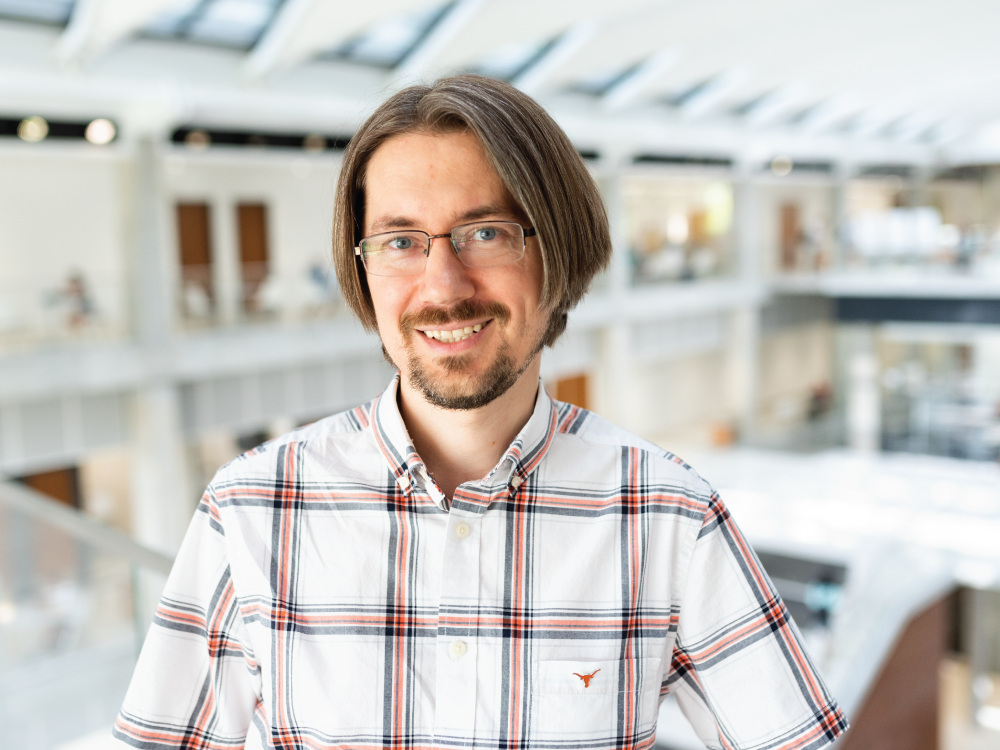The “Roaring 20s” for IAQ
The 2020’s have so far been a decade of abundance and progress for society’s awareness and understanding of Indoor Air Quality (IAQ). Beyond and before the pandemic put IAQ on everyone's mind, researchers have been enjoying well funded support from various organizations, both public and private, to better understand the impacts of indoor air on our health and well being. Plus cutting edge technologies from novel mass spectrometers to real-time PCR and next-generation DNA sequencing are both expanding and accelerating our understanding of the richness, diversity and significance of indoor air quality in our lives.
Join us for this engaging and somewhat nerdy discussion with Dr Pawel Misztal, an assistant professor from the University of Texas at Austin’s Civil Architectural and Environmental Engineering department. In this conversation Pawel unpacks the story of indoor air emissions and their impact on us. The emissions come from many sources including what we do, who we are (our bodies are highly active emission sources), and the microbes that live on every surface indoors.
Pawel Mistzal
Dr. Pawel K. Misztal received his Ph.D. in Chemistry from the University of Edinburgh in 2010. He received his MSc in Analytical Chemistry and BSc in Chemistry and Physics from Maria Curie-Sklodowska University in Poland. He was a postdoc and a research specialist at University of California at Berkeley, Department of Environmental Science, Policy and Management. He is a founder and director of the Sniffer Lab at UT Austin.
His technical interests are broad and include quantification of fluxes of volatile organic compounds (VOC) by eddy covariance at ecosystem (tower) and regional (aircraft) scales; understanding the fate, transformations and removal processes of gas-phase aerosol precursors to understand and quantify the role of VOCs for secondary organic aerosol formation; thinking holistically to understand the feedbacks between anthropogenic pollution, biogenic VOCs (BVOCs), and atmospheric chemistry, and their links to climate, food security and health; and interdisciplinary research to quantify the links between atmospheric chemistry (indoors and outdoors), environmental microbiome, and human health.
Team
Hosted by Kristof Irwin
Produced by M. Walker
Edited by Nico Mignardi

